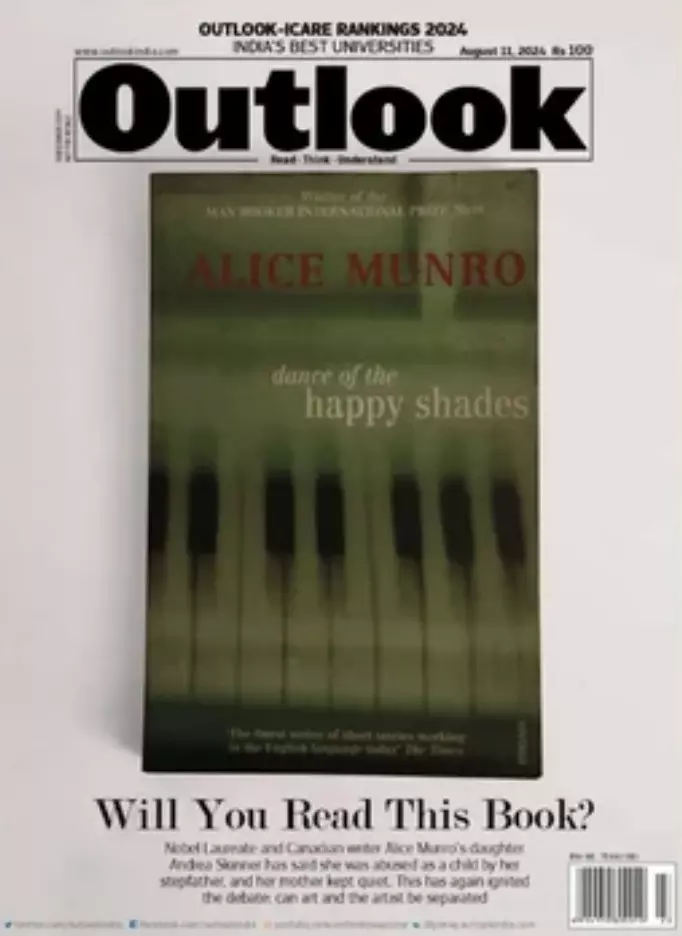Neil Gaiman Allegations: The dilemma of separating art from the artist
image for illustrative purpose

As British author Neil Gaiman faces accusations of sexual misconduct, a difficult question arises: Can we truly separate the art from the artist? This topic, explored in our August 2024 issue, takes center stage once again in light of the latest allegations.
Gaiman, best known for works like The Sandman, Good Omens, American Gods, and Coraline, is now under scrutiny following a report by New York Magazine that details sexual misconduct allegations from eight women. These women include former employees, a former nanny, and fans, some of whom were as young as 18. One of the women, who had cared for Gaiman’s child, claims that he sexually assaulted her in a bath. Gaiman has vehemently denied the allegations, stating, “I have never engaged in non-consensual sexual activity with anyone. Ever.”
While Gaiman's legal battles unfold, major studios have paused or canceled projects related to his works. Disney halted production on The Graveyard Book, and Netflix canceled Dead Boy Detectives, though it remains unclear whether these actions are connected to the accusations.
This controversy prompts an essential reflection: How should we respond when a beloved artist is accused of misconduct? Is it right to boycott their work, or do we acknowledge the artist’s flaws while appreciating their artistic contributions?
In our August 2024 issue, Outlook delved into this dilemma, especially following the revelation about Canadian author Alice Munro, who was found to have ignored her husband's abuse of her daughter. Similarly, Snigdhendu Bhattacharya, in his article To Separate Art from the Artist, argues that while we cannot absolve artists like Nobel Laureate Pablo Neruda for their crimes, we can still appreciate their artistic achievements, even if we condemn their actions.
Professor Saikat Majumdar also weighs in, emphasizing that while personal violations may lead to personal rejection of the artist, the effect of these violations on their work must be considered. Ultimately, we must ask: How do we teach and appreciate the works of those who have abused their power or committed moral offenses?
In the essay Monsters, Masters, Outlook's Executive Editor, Satish Padmanabhan, reflects on where we should draw the line with flawed artists and how we can navigate the complex intersection of their personal lives and their legacies.

